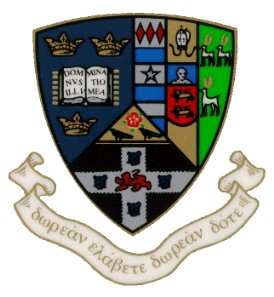| abstract |
The triosmium dibridged decacarbonyl complex, Os3(CO)10(μ2-OEt)2 is of interest
as bridging ethoxides activate ligand exchange with several organic groups at the axial
carbonyl and ethoxide locations. Addition of various ligands may result in antitumor
activity, as suggested by literature. Synthesis of Os3(CO)10(μ2-OEt)2, bisethoxide, utilizes
reactions of halide intermediates of Cl, I, and Br with Os3(CO)12. In this work, reactions
using iodide intermediates have been optimized, and a greener approach with chlorine
intermediates has been developed.
Reactions of Os3(CO)10(OEt)2 with amides (RCONH2) generate the binuclear
product, Os2(CO)6(RCONH)2 (R = Ph, Ph-NO2) where the amide is bidentate. This
compound can have two isomers head-to-head and head-to-tail, with respect to the
amide ligand, which differ in overall polarity. This study analyzes the isomer ratios at
two temperatures (110oC and room temperature), and the kinetics of the equilibrium
reaction over time. Prolonged heating of these complexes, however, results in
overreaction into a polymer, which is difficult to revert once formed, and additional
work was done with CO(g) to attempt to revert the polymer to the monomer and stabilize
the monomer under reflux.
|

